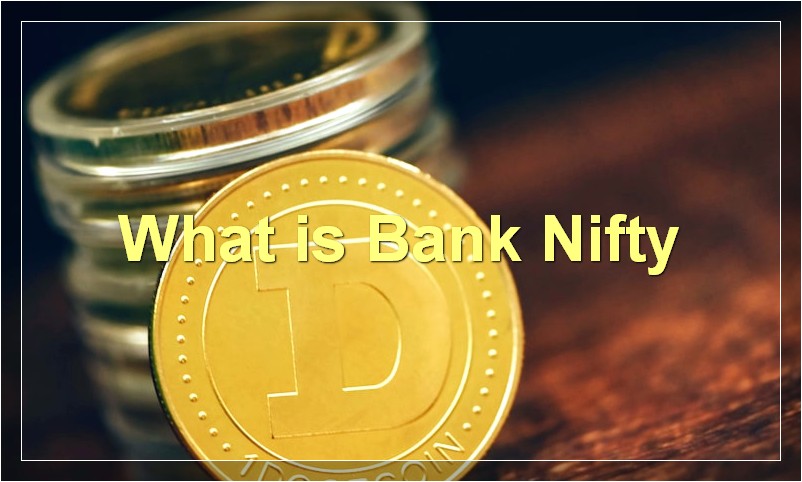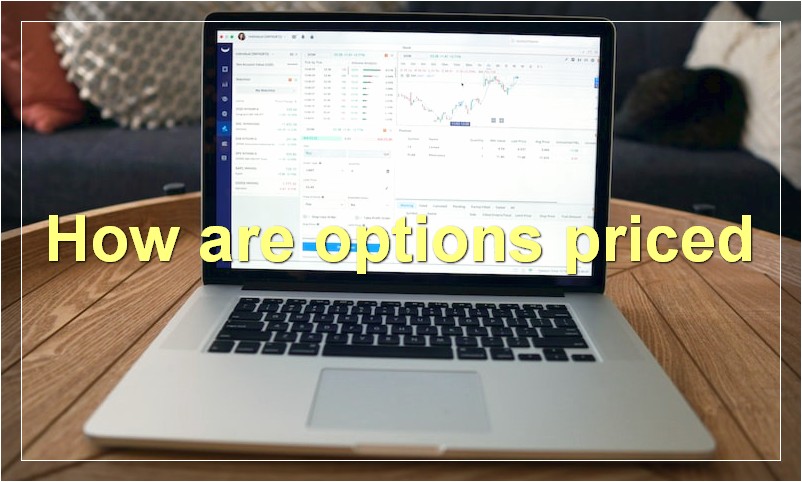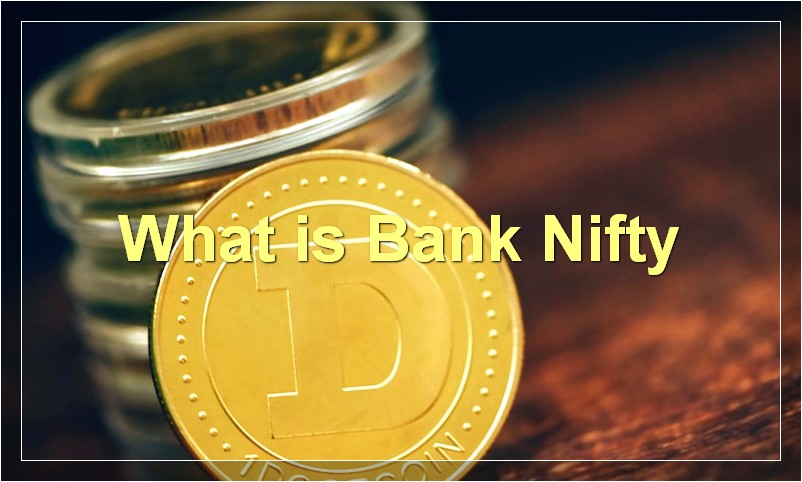If you want to get started in trading options, there are a few things you need to know. In this article, we’ll cover option chains, bank nifty, how options work, put vs. call options, American vs. European style options, option pricing, implied volatility, and the Greeks.
What is an option chain
An option chain is a list of all the available options for a given security. The options are listed in order of expiration, with the nearest-dated options listed first. Each option listed in the chain will have its own unique price and strike price.
The options market is a complex and ever-changing beast. As a result, option chains can be intimidating for new traders. However, understanding how option chains work is essential to becoming a successful options trader.
An option chain typically contains two types of options: calls and puts. Calls give the holder the right, but not the obligation, to buy the underlying security at a specified price within a certain time frame. Puts give the holder the right, but not the obligation, to sell the underlying security at a specified price within a certain time frame.
Each option listed in an option chain will have its own unique price and strike price. The strike price is the price at which the underlying security can be bought or sold if the option is exercised. The premium is the price of the option itself.
Option chains can be used to find trading opportunities that fit your specific market outlook and risk tolerance. For example, if you are bullish on a particular stock, you might buy a call option with a strike price below the current market price. If you are bearish on a stock, you might buy a put option with a strike price above the current market price.
Understanding how option chains work is essential to becoming a successful options trader. With a little practice, you’ll be reading option chains like a pro in no time.
What is Bank Nifty

Bank Nifty is the National Stock Exchange of India’s benchmark index for banking sector in India. The index comprises of top 12 banks which have the highest liquidity in terms of market capitalisation on the NSE. Bank Nifty was launched on July 10, 2000 and has a base value of 1000.
How do options work
An option is a financial contract that gives the holder the right to buy or sell an asset at a specified price on or before a certain date. Options are traded on exchanges such as the New York Stock Exchange and the Chicago Board Options Exchange.
The underlying asset can be a stock, index, currency, commodity, or futures contract. The person who buys the option is called the holder, and the person who sells it is called the writer.
Options are divided into two main types: call options and put options. A call option gives the holder the right to buy the underlying asset, while a put option gives the holder the right to sell it.
Options are often used by investors to hedge against losses in other investments. For example, if you own a stock that you think will go down in value, you could buy a put option on that stock as insurance.
Options can also be used to speculate on the future direction of an asset’s price. If you think a stock will go up, you could buy a call option, while if you think it will go down, you could buy a put option.
What is the difference between a put and a call option
There are two types of options, put options and call options. A put option is the right to sell a security at a certain price, while a call option is the right to buy a security at a certain price. The main difference between the two is that a put option gives the holder the right to sell, while a call option gives the holder the right to buy.
What is the difference between American and European style options
American-style options can be exercised at any time before expiration, while European-style options can only be exercised on the expiration date.
The key difference between American and European options relates to when they can be exercised. American-style options can be exercised at any time before expiration, while European-style options can only be exercised on the expiration date.
This is an important distinction because it affects the timing of when option holders can realize the benefits of their positions. For example, let’s say you buy a call option on a stock that expires in two months. With an American-style option, you could exercise the option and buy the stock immediately if the share price rises above the strike price. However, with a European-style option, you would have to wait until the expiration date to exercise the option and buy the stock.
Another key difference between American and European options is that American-style options are typically traded on exchanges, while European-style options are not. This is because exchange-traded options must have standardized contract terms, and the ability to exercise an option early is not a standard feature of European-style options.
Overall, the key difference between American and European options is that American-style options can be exercised at any time before expiration, while European-style options can only be exercised on the expiration date. This difference in timing can be important for option holders who want to maximize the benefits of their positions.
How are options priced

How are options priced?
When it comes to options, there are a few different ways that they can be priced. The most common way is through the use of a Black-Scholes model. This model takes into account a few different factors in order to come up with a price for an option. These factors include things like the current price of the underlying asset, the strike price of the option, the time to expiration, the volatility of the underlying asset, and the interest rate.
Another way to price options is through the use of Monte Carlo simulations. This method is often used when there is not enough historical data to use the Black-Scholes model. With this method, a random number generator is used to create a large number of possible future scenarios. From there, the prices of the options can be determined based on how likely each scenario is to occur.
Regardless of which method is used, pricing options is an important part of the trading process. By understanding how options are priced, traders can make more informed decisions about which ones to buy or sell.
What factors affect the price of options
There are a few factors that affect the price of options. The first is the underlying stock price. If the stock price goes up, the option will likely become more valuable. The second factor is time. As time goes on and the expiration date approaches, the option will become less valuable. The third factor is volatility. If the stock is more volatile, the option will be more expensive. Lastly, interest rates play a role in the price of options. If interest rates are high, the option will be less expensive.
What is implied volatility
Volatility is a measure of how much the price of an asset fluctuates over time. It is often used to measure the risk of an investment, and it is also a key ingredient in options pricing.
Implied volatility is a measure of how much volatility is expected in the future. It is derived from the prices of options on an underlying asset. The higher the implied volatility, the higher the price of the options.
Implied volatility is important because it can help investors to assess the risk of an investment. It can also be used to make decisions about when to buy or sell options.
What is the Greeks
There is no one answer to this question, as the Greeks were a complex and varied people with a long history. Broadly speaking, however, the Greeks were a Mediterranean people who spoke the Greek language and shared a common culture. They are best known for their art, literature, philosophy, and architecture, which have all had a significant impact on Western civilization.
What is delta, vega, and theta
Theta, vega, and delta are the three most important measures of risk for options traders. Delta measures the change in the price of an option with respect to the underlying asset. Vega measures the change in the price of an option with respect to changes in implied volatility. Theta measures the change in the price of an option with respect to the passage of time.

